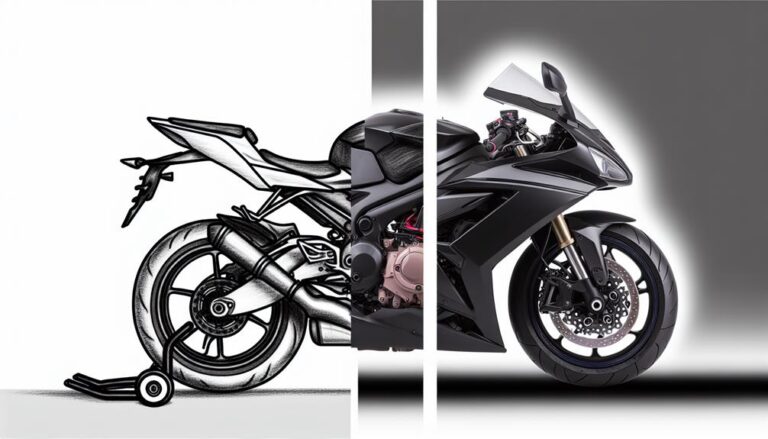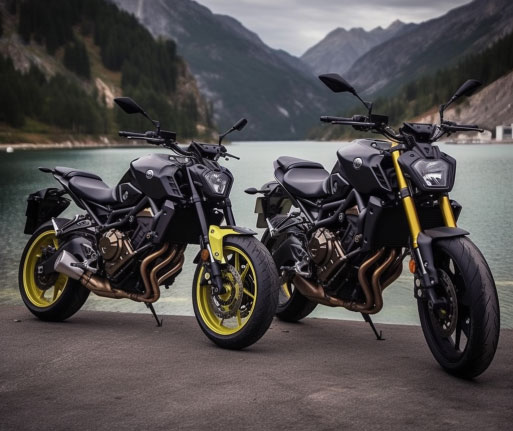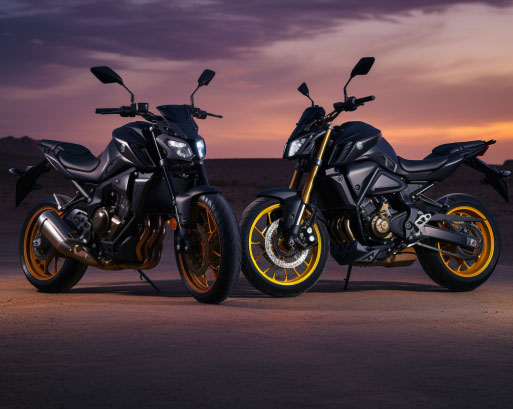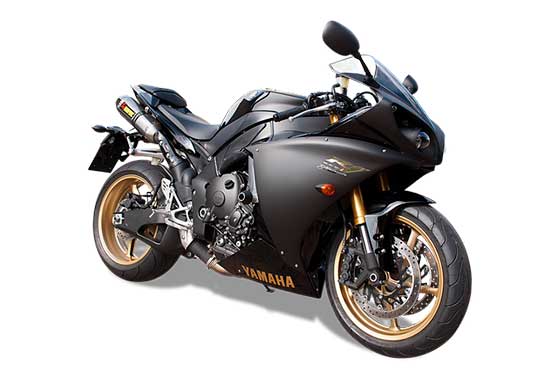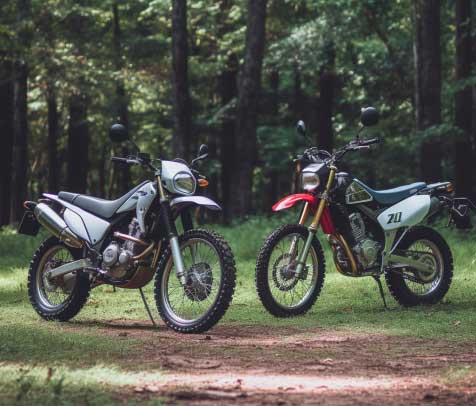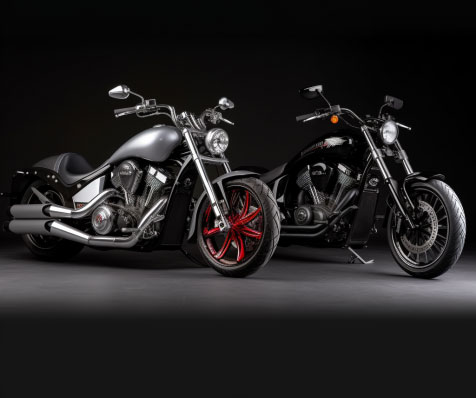For many people, a scooter is an ideal mode of transportation. It is convenient, affordable, and easy to operate.
Yamaha and Honda are two of the most prominent manufacturers of scooters.
Today, we will compare two of their popular models: the Yamaha Zuma and the Honda Ruckus.
We will discuss the similarities and differences between the two scooters, examine their performance, features, and pricing, and help you decide which one is the best fit for your needs.
Contents
Performance
- Engine: The Yamaha Zuma is powered by a 50cc, air-cooled, four-stroke engine, while the Honda Ruckus runs on a 49cc, liquid-cooled, single-cylinder, four-stroke engine.
- Acceleration and Top Speed: The Yamaha Zuma can accelerate from 0 to 30 mph in 6.4 seconds and has a top speed of around 40-45 mph. The Honda Ruckus, on the other hand, is a bit slower and takes 7.5 seconds to reach 30 mph and has a top speed of around 35-40 mph.
- Fuel Economy: Both scooters are highly fuel-efficient, with the Yamaha Zuma delivering an impressive 132 mpg and the Honda Ruckus returning around 100 mpg.
Features
- Storage: The Yamaha Zuma offers a spacious under-seat storage compartment that can accommodate a full-face helmet, while the Honda Ruckus has only a small storage area under the seat.
- Suspension: The Yamaha Zuma has long-travel suspension that provides a smooth ride even on rough terrain. In contrast, the Honda Ruckus has a stiffer suspension that is better suited for urban roads.
- Brakes: Both scooters have disc brakes at the front and rear that offer excellent stopping power.
- Lighting: The Yamaha Zuma has a bright LED headlight and taillight that provide better visibility, while the Honda Ruckus has standard halogen headlights.
Pricing
The Yamaha Zuma and the Honda Ruckus are both reasonably priced scooters, making them accessible to a wide range of buyers.
The base price of the Yamaha Zuma is around $2,799, while the Honda Ruckus is slightly cheaper at around $2,749.
However, the final price may vary depending on the dealer, location, and other factors.
Pros and Cons
Yamaha Zuma
- Pros
- Spacious under-seat storage compartment
- Long-travel suspension for a smooth ride
- Bright LED headlight and taillight
- Highly fuel-efficient
- Cons
- Relatively low top speed
- Higher base price compared to the Honda Ruckus
Honda Ruckus
- Pros
- Compact and lightweight design
- Stiffer suspension suitable for city riding
- Standard halogen headlights
- Relatively low seat height
- Cons
- Small under-seat storage compartment
- Lower top speed compared to the Yamaha Zuma
Comparison Table
| Feature | Yamaha Zuma | Honda Ruckus |
|---|---|---|
| Engine Type | 125cc, single-cylinder, air-cooled | 49cc, single-cylinder, air-cooled |
| Power Output | Approximately 8.1 horsepower | Approximately 3.35 horsepower |
| Transmission | Automatic (CVT) | Automatic (CVT) |
| Fuel Injection | Electronic Fuel Injection (EFI) | Fuel carburetor |
| Front Suspension | Telescopic fork | Twin-downtube fork |
| Rear Suspension | Single shock | Single shock |
| Front Brake | Hydraulic disc | Drum brake |
| Rear Brake | Drum brake | Drum brake |
| Front Tire Size | 120/70-12 | 120/90-10 |
| Rear Tire Size | 130/70-12 | 130/90-10 |
| Seat Height | 30.7 inches | 28.9 inches |
| Weight | Approximately 278 lbs | Approximately 194 lbs |
| Fuel Capacity | 1.7 gallons | 1.3 gallons |
| Storage Capacity | Underseat storage compartment | Underseat storage compartment |
| Colors Available | Matte Black, Ultramarine Blue | Black, White, Red |
Conclusion
The Yamaha Zuma and Honda Ruckus are both excellent scooters that offer great value for their respective prices.
The Yamaha Zuma is more versatile with its spacious storage and long-travel suspension, making it suitable for both urban and off-road riding.
However, its slightly higher price and lower top speed may be a deterrent for some buyers.
The Honda Ruckus, on the other hand, is more compact and lightweight, making it a better option for navigating crowded city streets.
Despite its lower top speed and smaller storage compartment, it is a highly reliable and affordable scooter that is popular among urban commuters.
Ultimately, your choice between the two will depend on your personal preferences, intended usage, and budget.

